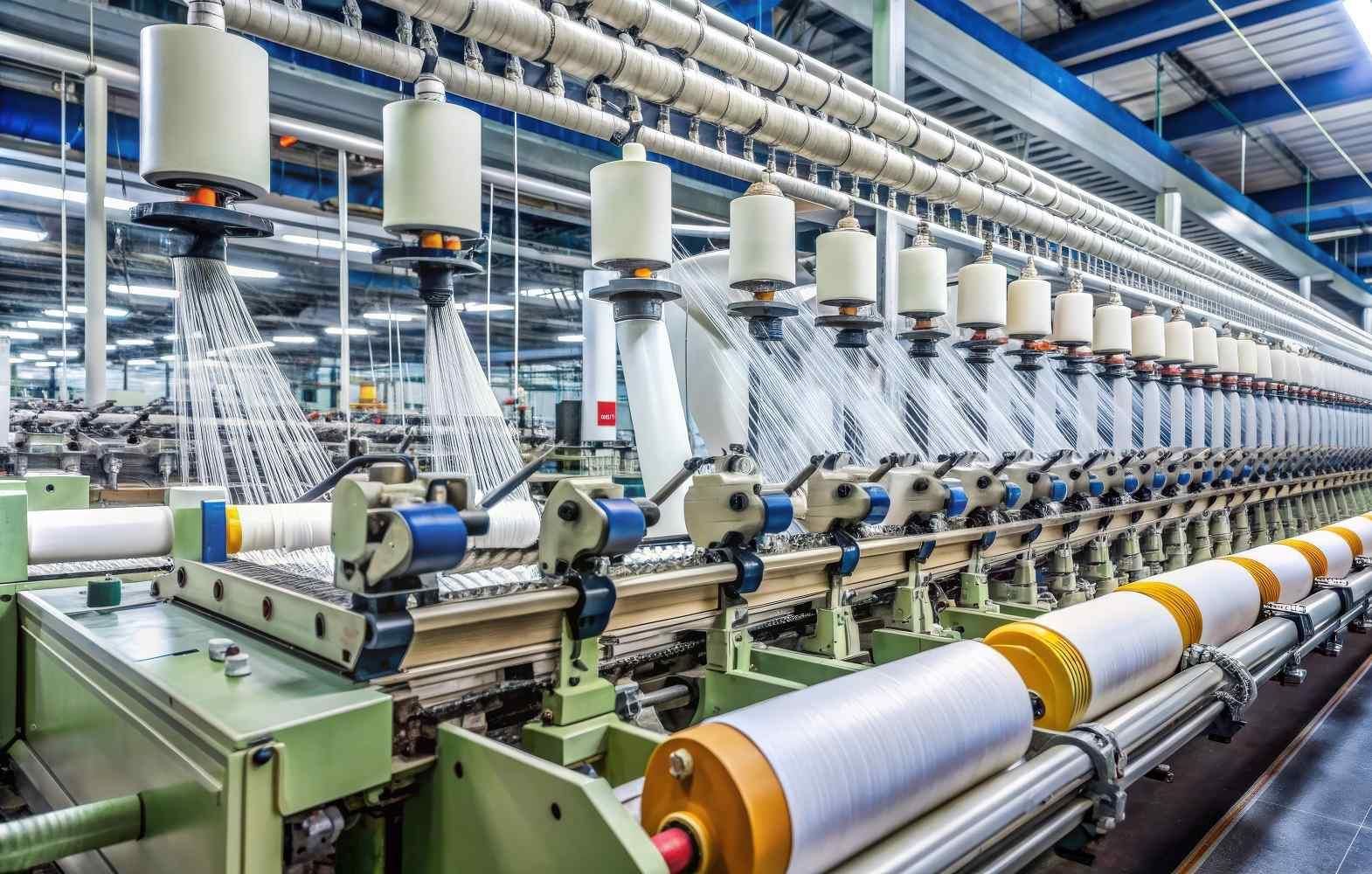India has gained global appreciation as an attractive outsourcing destination mainly due to its abundant availability of labor force. Indian textile industry is one of the biggest sectors in magnitude, and the second largest in terms of employment generation. The industry has several sectors employing nearly 4million workers, providing a significant contribution to the national economy.Skills of Indian textile labors are ingrained in them for generations. Earlier it was hand technology and currently; power technology.
Textile sand apparels constitute major exports for India generating $14 billion revenue.Expiry of the decade old export quotas will bring a drastic change in the sector. India enjoys several advantages comparatively over other countries such as abundant labor force, vertical integration of the complete production process, and material resources.
Availability of Skilled Labor Force:
An Assocham report projects that Indian textile industry is estimated to grow 16%annually and reach USD 115 billion by the end of 2012. Growth in the textile segment will concurrently trigger growth in the ancillary industries. A surging demand from the rural market, and demand for textile machinery and accessories can also be witnessed.
To meet these requirements, Indian textile industry would require around 10million trained workers. Despite the large pool of labor force in India, the country needs to work hard to meet the rising global demands. This is because as much there is availability of labor force, that much there is also a deficit of 'skilled labor'. Indian textile industry is facing a crippling shortage of skilled employees which is a threat to the economic growth of the country.India has the largest labor resource in the world, but the number of skilled workers comprises approximately around 5% of the total work force. Moreover,many of them are without any professional skills. This is because; the general education system of the country is not oriented towards vocational skills.
Increasing pace of globalization and technological up gradation in every field, and especially in the textile sector provides opportunities for generating more jobs, and boosting the country's economic growth. Simultaneously, it also encompasses a number of challenges;the primary one being the requirement of skilled and adequately trained labor force. Apparently, higher turnover rates, rupee appreciation, and wage inflation are also eroding India's competitiveness in the global forefront. This situation is a hard nut to crack. It is a challenge for the employers to formulate ways to retain performers, and attract more skilled labor force.
Need For Labor Training:
The major drawback of India's work force is that, more than 70% of the labors are either illiterate, or educated below primary level. Due to this, they are not able to explore their job opportunities, or, are unaware of ways to improve their existing skills. Specific policy measures from the Government are required to initiate the growth of skilled labors. Providing appropriate education for everyone, and fostering of vocational education and training would nurture skilled manpower. Skilled labors generated out of the training programme will enable the textile industry to improve its efficiency, quality and ultimately increase its output. Training the local inhabitants in textile manufacturing would also help to generate employment opportunities in the rural areas. The Government should therefore come up with successive planning strategies, policies and programmes to bring about a special focus on training employees.
Indian textile industry has the ability to generate millions of jobs in the forthcoming years. Adequate labor reforms and polishing their skill sets are the need of the hour in the Indian textile industry. Opportunities emerging in downstream products like processed fabrics, branded, woven, and knit fabrics forecast a bright future. Shortage of skilled and adequately trained people for the manufacturing of these products would be a constraint for the growth of Indian textile market in the global facade. India should focus on leveraging its human capital by providing required knowledge, and training to the workers.
References:
1) Econpapers.repec.org
2) Thaindian.com
3) Igovernment.in








Comments